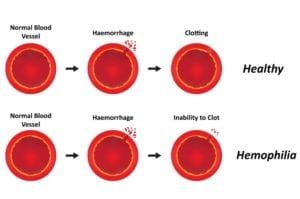Spasticity is a condition that occurs as the result of an interference in activity between the brain and spinal cord. The cause of interference is usually an injury, deformity, or an underlying illness. The condition is identified by muscles that involuntarily ‘seize up’ or tighten. Although spasticity is relatively harmless, it can be quite disruptive to everyday life. People who suffer from spasticity may find difficulty in the simplest of tasks, such as sitting, walking or sleeping. Spasticity management can help minimize symptoms using a variety of treatment options, such as physical therapy, medications, or Botox injections. In some cases, neurosurgery may be necessary to destroy the nerves responsible for spasticity.
Did you know…
that there are several conditions that cause chronic spasticity? Spinal cord injuries, multiple sclerosis, ALS, cerebral palsy, stroke, and brain injury are just a few examples. These conditions can cause spinal cord inflammation or damage that results in painful or uncomfortable spasticity symptoms. Other causes of spasticity include the growth of tumors and cysts along the spinal cord.
Frequently Asked Questions
Am I a candidate for spasticity management?
You may be a candidate for spasticity management if you are experiencing symptoms of the condition. They include a noticeable increase in muscle tone, contractions of the muscles, bone or joint deformities, and involuntary movements, whether sustained or occurring quickly in sequence. Spasticity is also frequently accompanied by pain, poor posture, and an inability to carry out certain basic tasks.
What should I expect during spasticity management?
Physical and occupational therapy are often the first line of defense in spasticity management. You’ll learn how to use exercises and stretching to treat spasticity when it occurs and reduce its prevalence. Your doctor may also suggest taking a muscle relaxant or undergoing Botox injections to help prevent occurrences. If you continue to have pain despite spasticity management treatments, your doctor may also prescribe pain medication to help alleviate discomfort.
Is there anything I can do to help improve the outcome of my treatment?
There is little you can do to improve spasticity on your own other than carry out your physical therapy exercises and stretches as often as recommended to minimize symptoms. Talk to your doctor or physical therapist if you notice a change in your condition and the frequency with which you experience muscle spasticity.











































































































































































































































































































